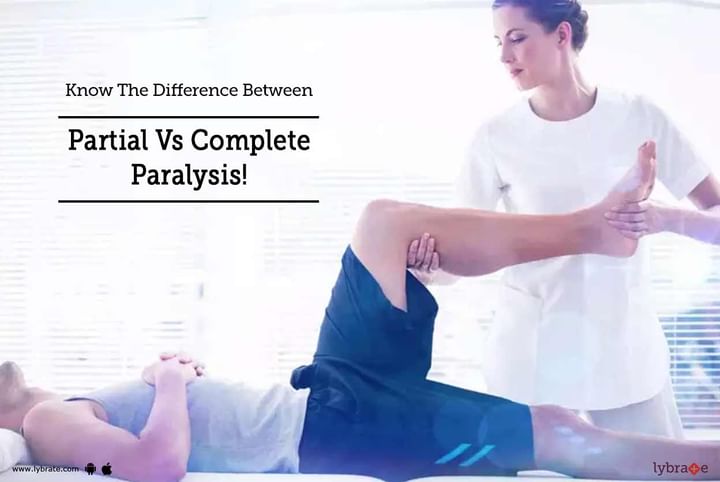Know The Difference Between Partial Vs Complete Paralysis!
As children, you have probably learnt that paralysis is complete inability to move, sense, touch or control other bodily sensations. But little did we know that paralysis comes in many forms depending on the extent to which a person is immobilized. So, what is the difference between partial and total paralysis?
What is Total Paralysis?
Whether temporary or permanent, paralysis is the inability to move part of the body due to nerve damage. However it does not mean that people with total paralysis cannot move any parts of the body – they can still use their faces and necks. The extensive form of paralysis is typically referred to as quadriplegia, which involves diminished or absence of movement in the trunk, arms, legs, hands and feet. Some common symptoms of total paralysis are as follows:
- Difficulty swallowing
- Unable to control bowels and bladder
- Pain anywhere in the body
- No sensation below the site of injury
- Difficulty breathing
What is partial paralysis?
A smaller portion of the body is affected by partial paralysis. One of the most common types of partial paralysis is Paraplegia that occurs below the waist. If affects both the legs, hips and other functions. Other forms of partial paralysis can be Monoplegia where a single area like one limb gets affected and Hemiplegia where parts of the body on the same side get affected. Some common symptoms of partial paralysis are as follows:
- Inability to walk
- Difficulty with sexual functioning
- Pain below the site of injury
- Unable to feel or move your legs or arms
How to Predict the type of paralysis?
The location of the injury or site of nerve damage will usually determine the type of paralysis. Damages in the cervical spinal cord almost inevitably lead to total paralysis associated with quadriplegia. The higher the injury is located, the more extensive the paralysis will be. Lower injuries commonly lead to partial paralysis. The prognosis is generally much better with this type of paralysis. With proper care and therapy, individuals may experience intermittent difficulties with movement and can regain.
Can paralysis be treated?
Whether it is total paralysis or partial paralysis, the positive prognosis is certainly possible, given the condition of the patient and other factors. Physical therapy involves teaching the brain and spinal cord to work around the damage and also aid neuron healing over time. Paralysis can be classified under a number of ways and the most basic classification is that of partial or complete paralysis. Talk to your doctor to understand what type of paralysis you have and adopt a positive outlook to help you towards recovery. In case you have a concern or query you can always consult an expert & get answers to your questions!



+1.svg)
